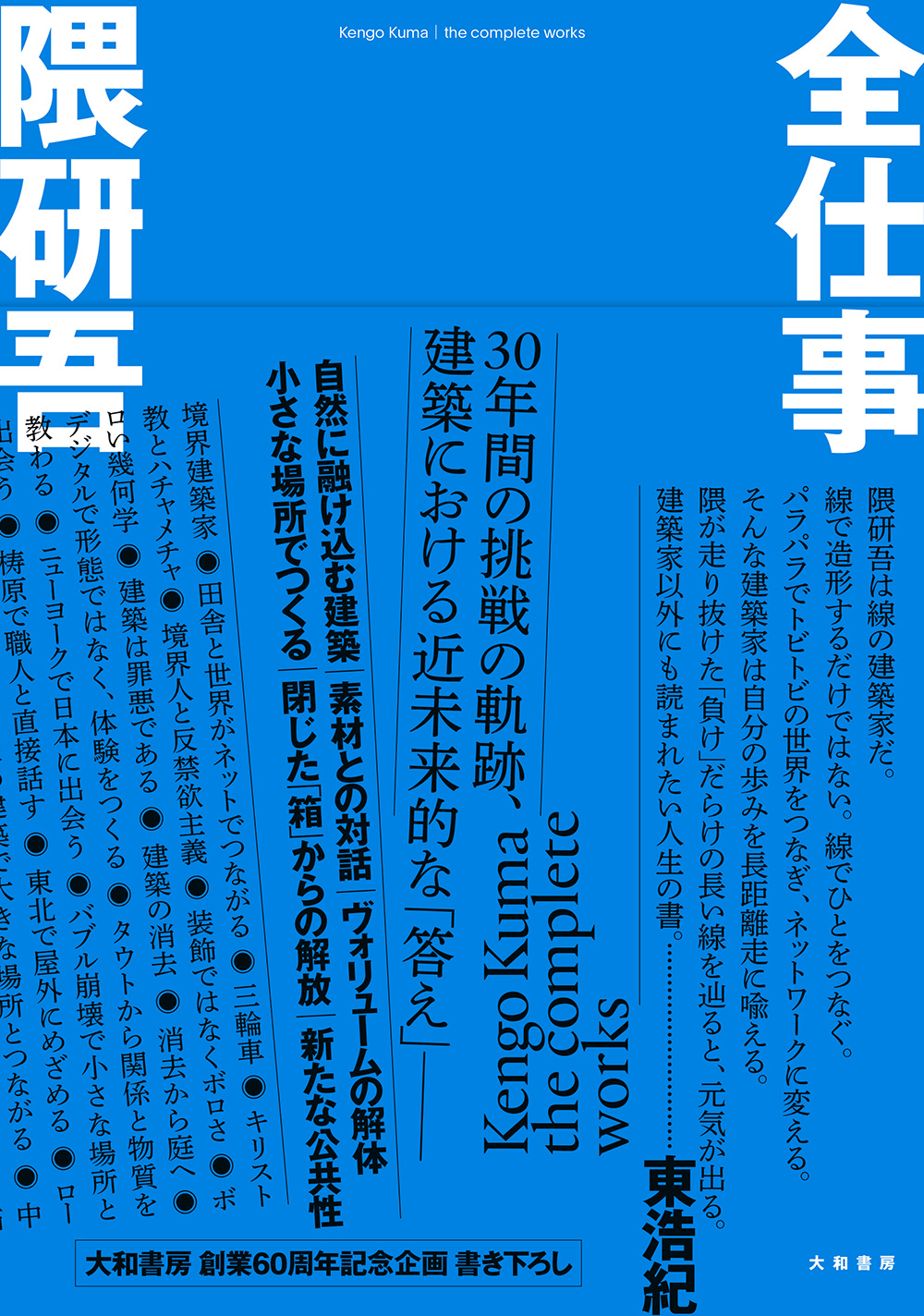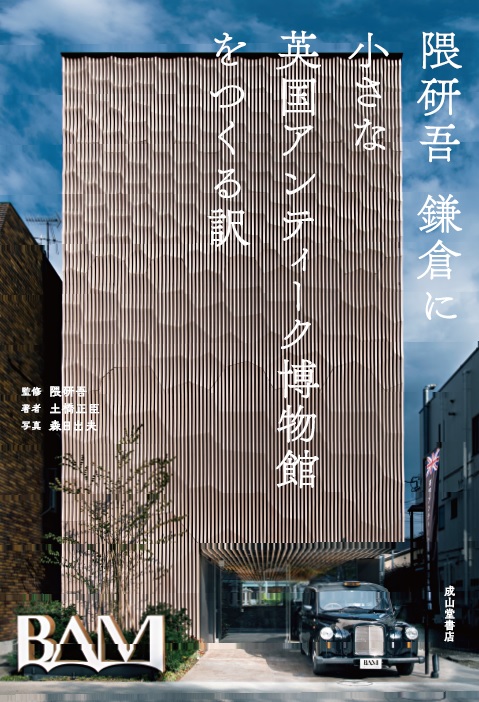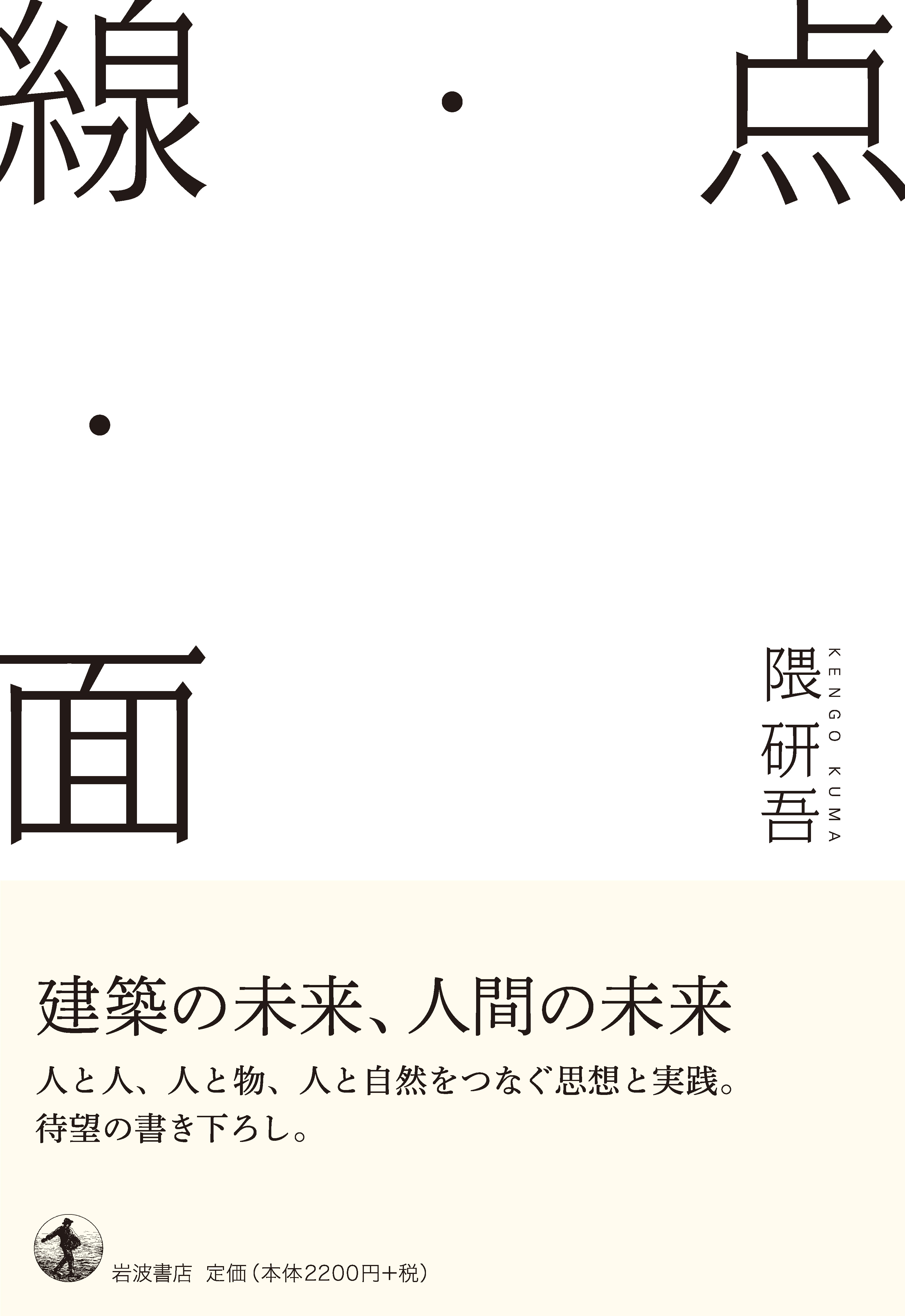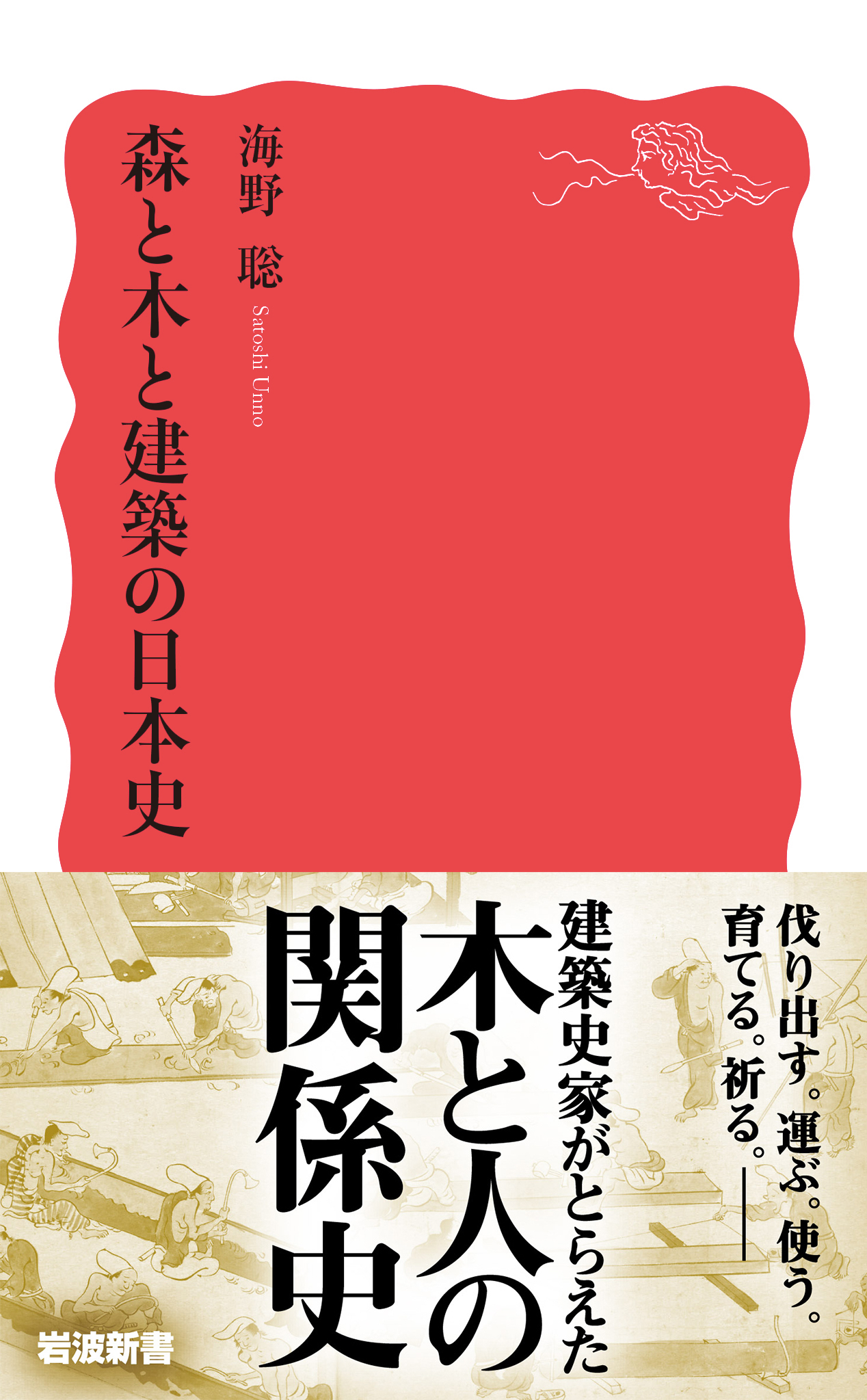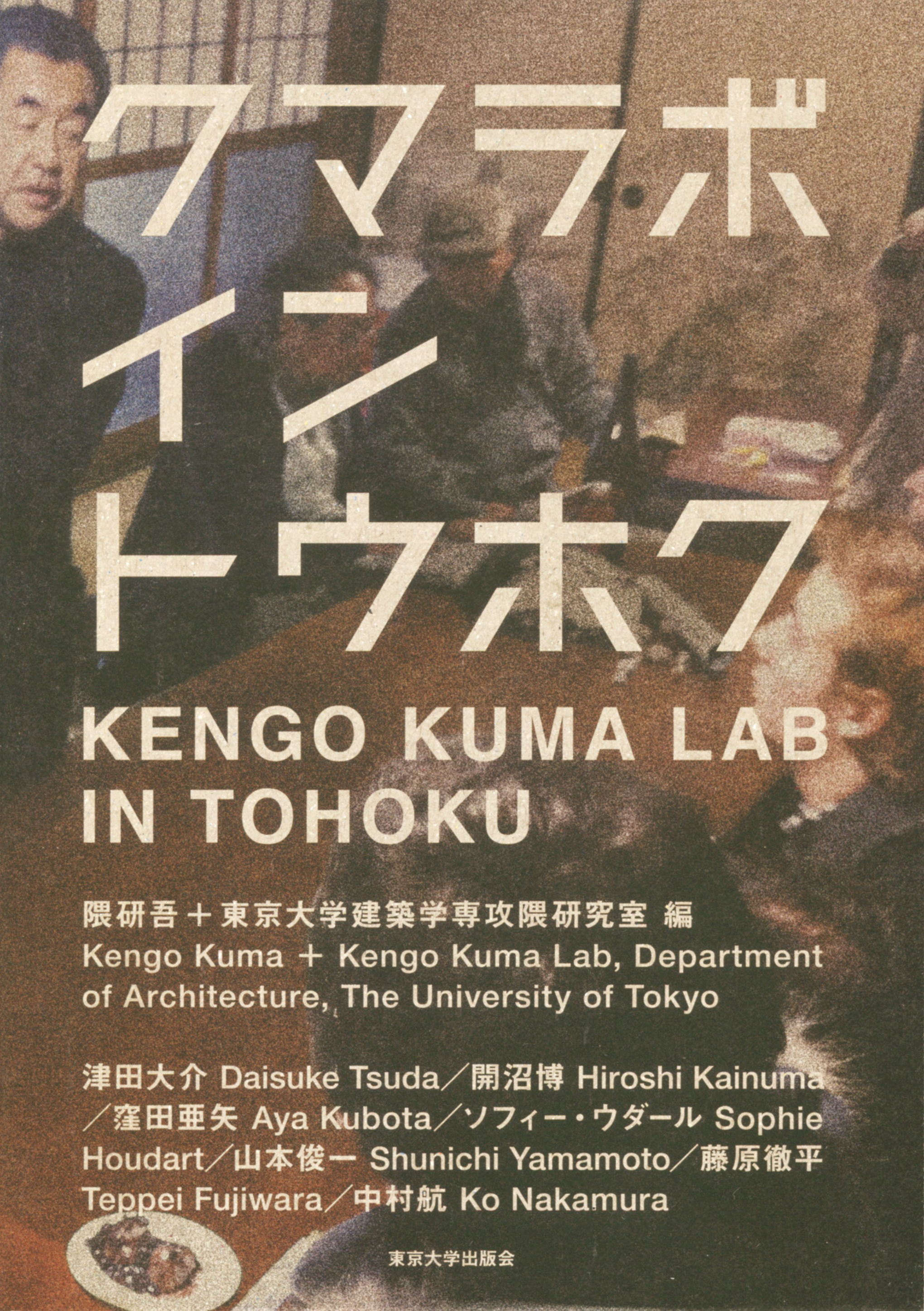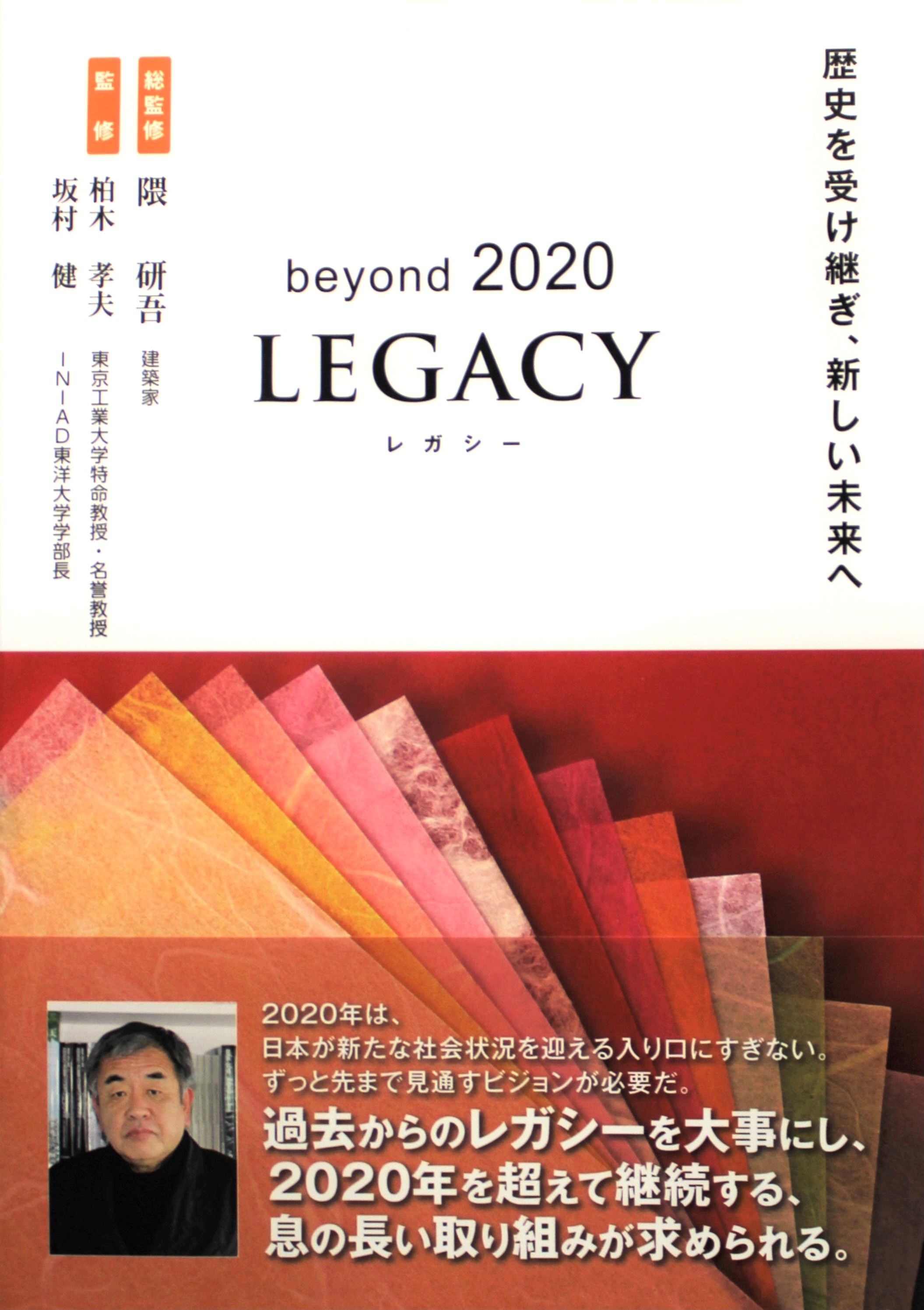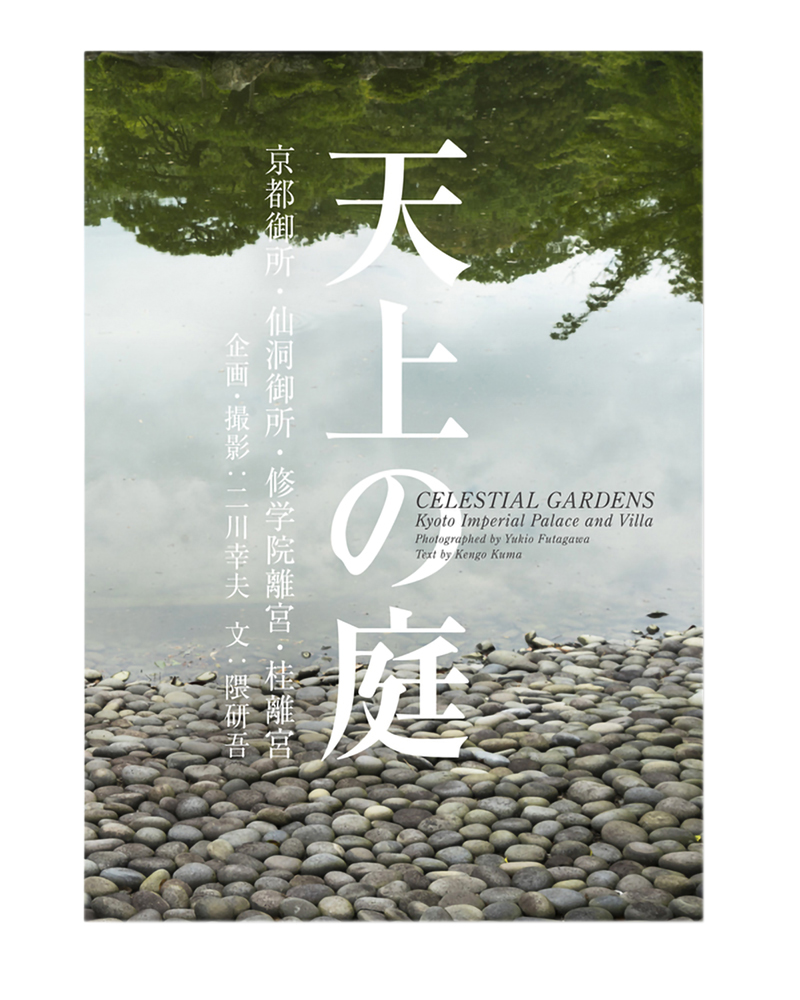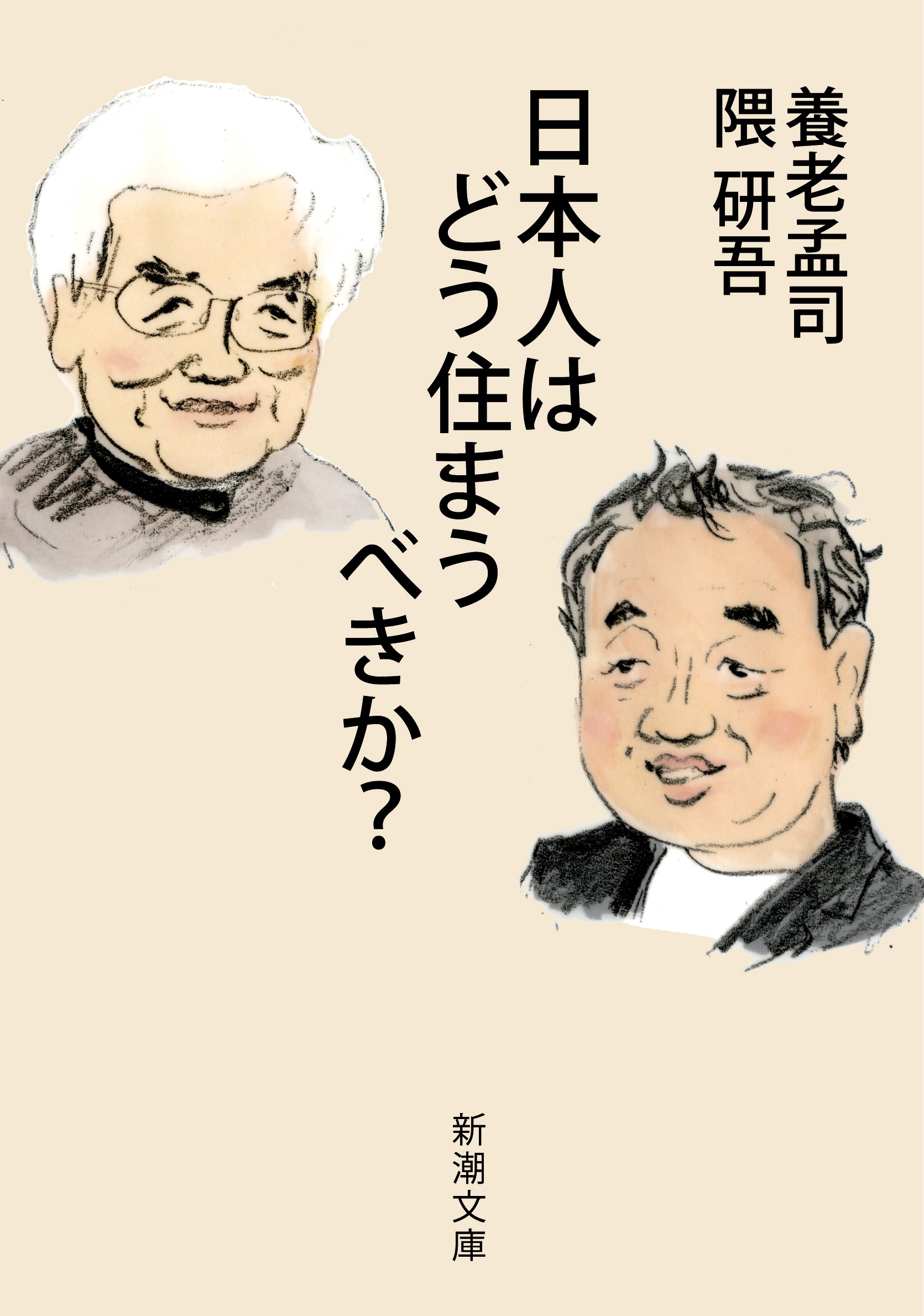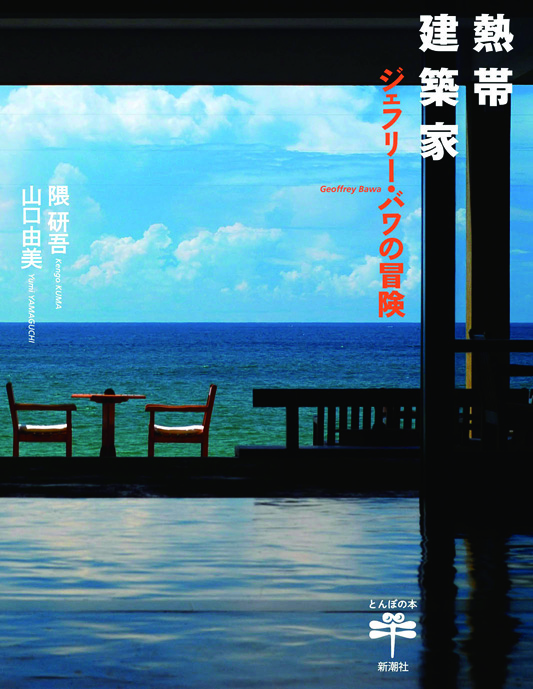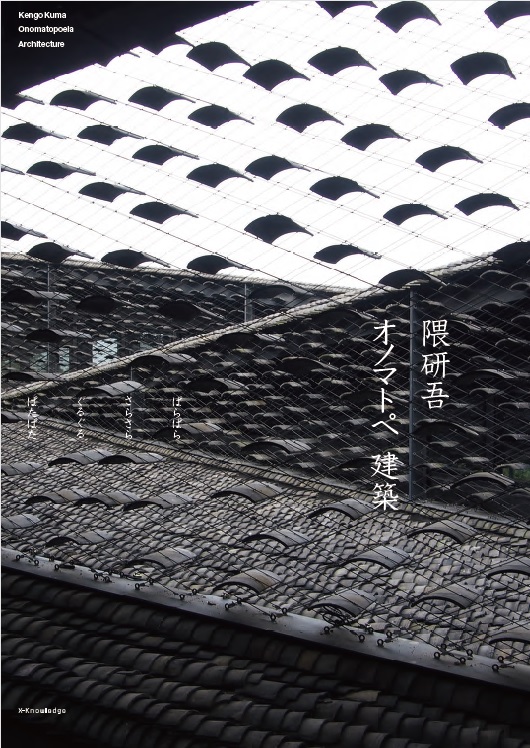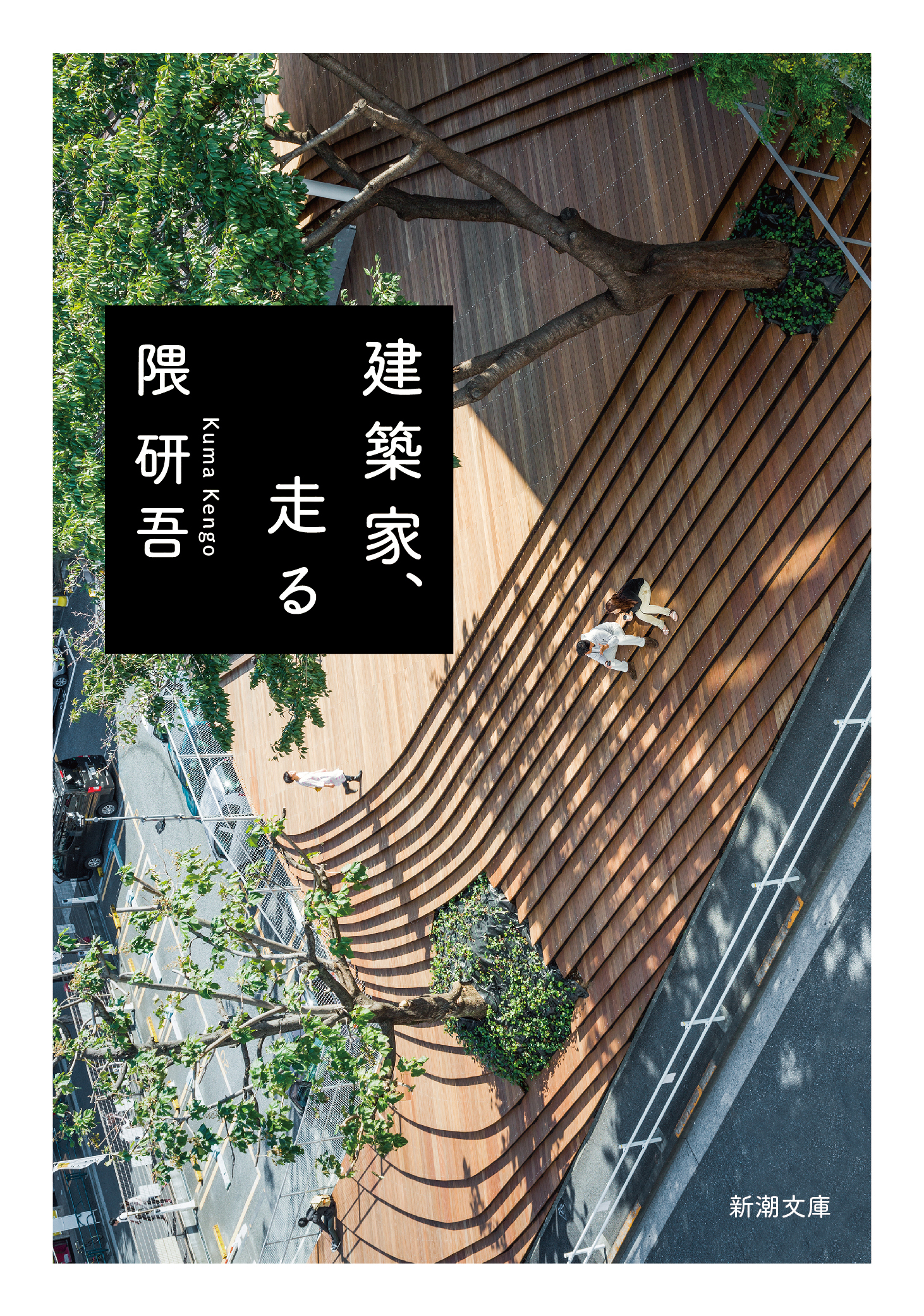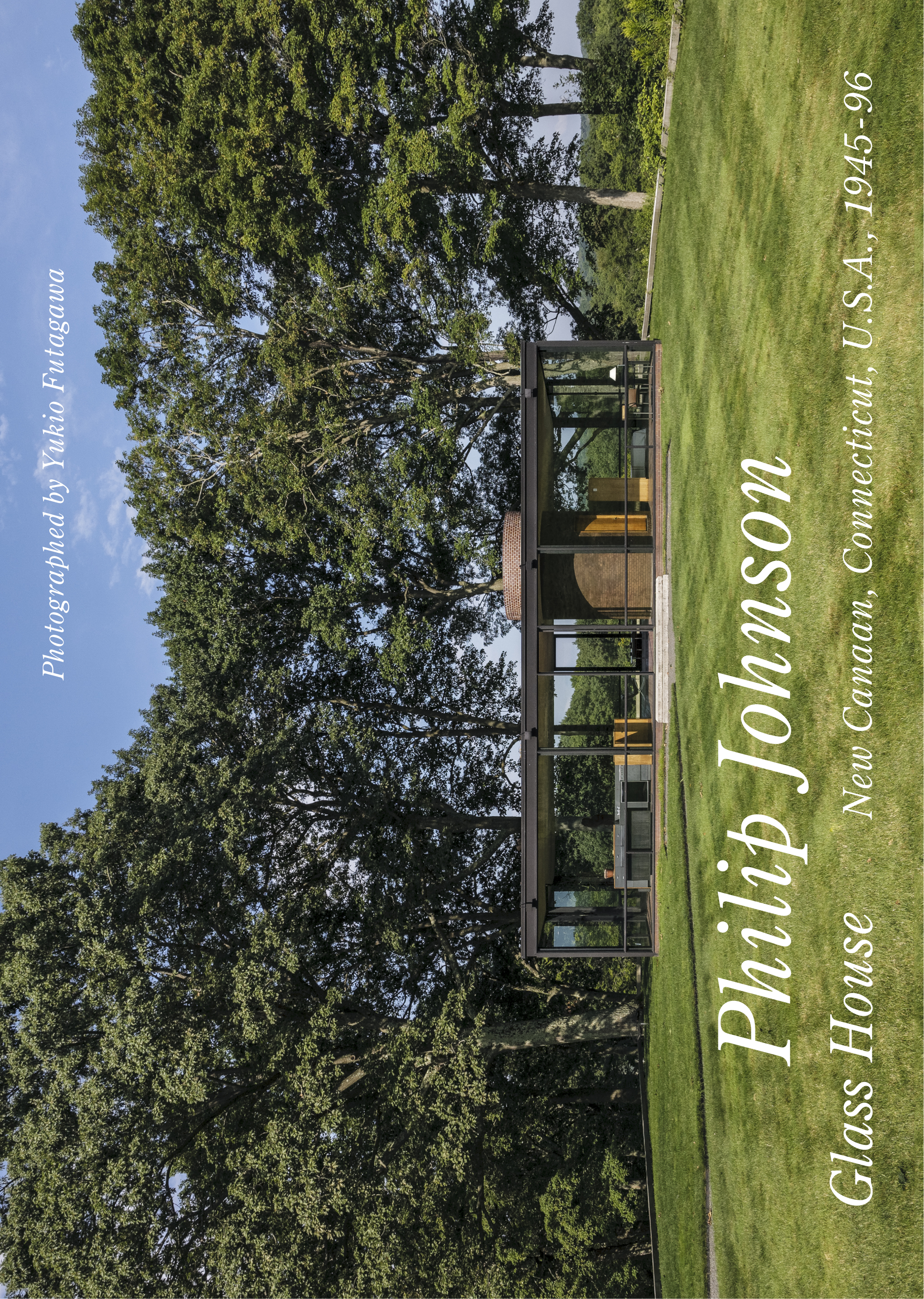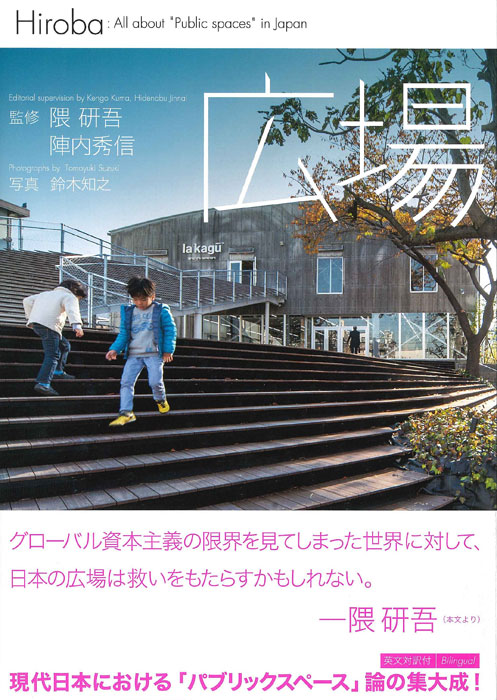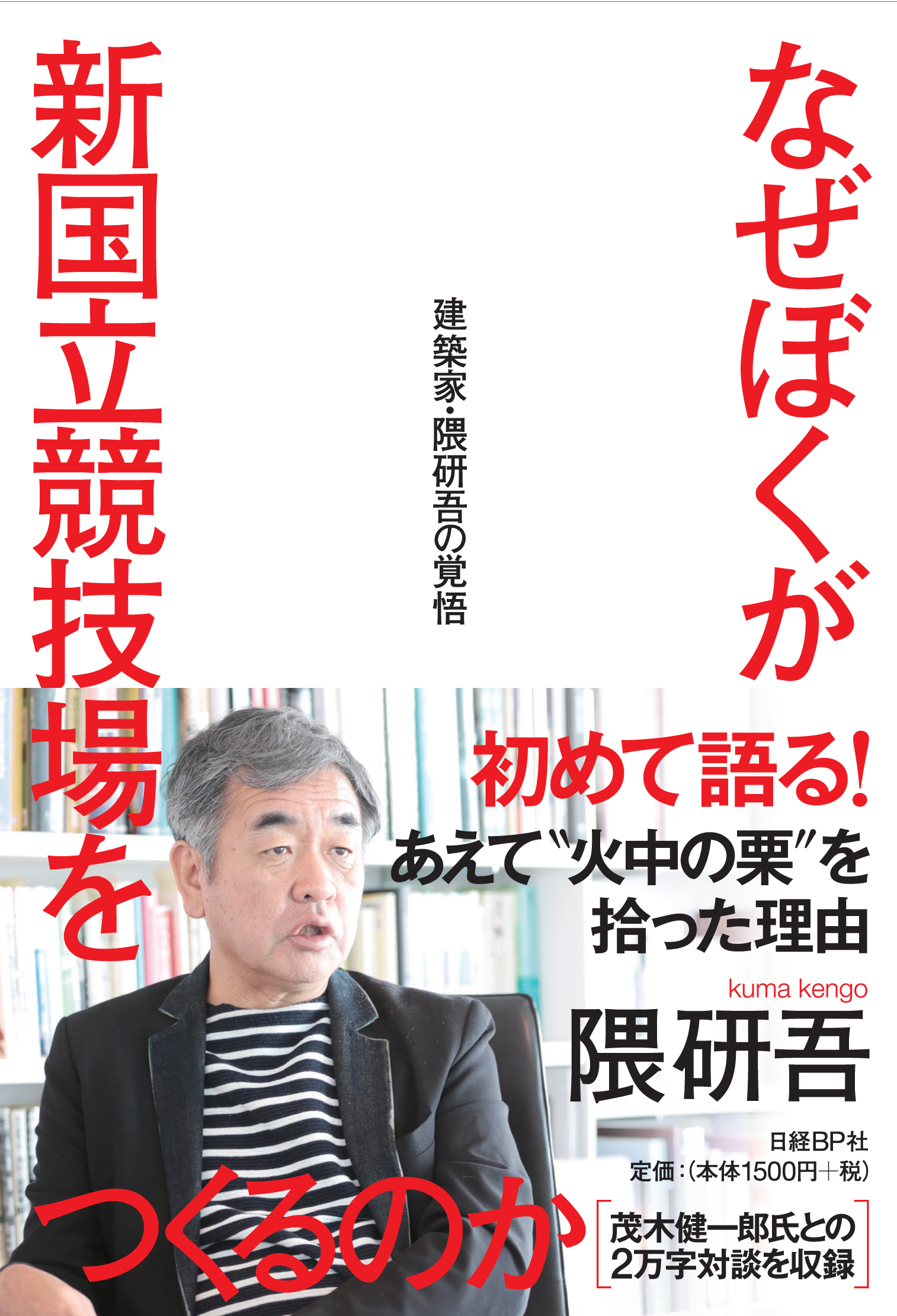
Title
Naze Boku ga Shin-Kokuritsu-Kyogijo o Tsukurunoka (Why am I the one to build the New National Stadium? - Architect Kengo KUMA's realization)
Size
216 pages, 127x188mm
Language
Japanese
Released
May 23, 2016
ISBN
978-4-8222-5152-9
Published by
Nikkei Business Publications, Inc.
Book Info
See Book Availability at Library
Japanese Page
Time did not flow ordinarily before and after the competition for building the New National Stadium. It was as though a raging stream had robbed me of my ability to swim. I realized that I had no choice but to keep my head above water and keep breathing. The media was present at every turn: in front of my home, my laboratory, and my office— waiting for me.
By the time I wrote this book, I had calmed down a bit and regained the ability to swim in my desired direction. The current was still fast, and there were whirlpools. Those were the special circumstances in which this book was completed.
Reflecting back, I feel like my life has been influenced by the Olympics. I witnessed the 1964 Tokyo Olympics at the age of ten, got sucked in and overwhelmed by the wave of industrial capitalism and industrialization, and after I learned about the profession of architecture, persisted to become an architect. Kenzo TANGE, who taught at the University of Tokyo’s Department of Architecture at the time, designed the Yoyogi National Gymnasium (1964) as an Olympic pool; its beauty inspired me to become an architect. I was in the tenth grade when the 1970 Osaka Expo took place; however, during that time, schools were in disarray due to the pollution problem and student protests; this made me question whether becoming an architect was really the right decision.
Next, when I was in university, the oil crisis struck and there were discussions about the world no longer needing the perennial profession of architecture. The situation completely reversed by the time I began working as an architect and designer; the Bubble Economy began, only to burst just as quickly. The transition from the world of industrial capitalism to the game-like world of financial capitalism brought with it all sorts of chaos—tossing my life around as well.
Zaha Hadid (1950–2016), whose submission was chosen in the first round of the New National Stadium competition, was from a generation slightly older than mine and was a “diva of financial capitalism,” so to speak, due to her prodigious talent in creating flashy icons demanded by financial capitalism. In contrast, I was opposed to both the concrete buildings of industrial capitalism and the iconic objects of financial capitalism, which I wrote about in my books Anti-Object and Architecture of Defeat. My preferred direction might be called “the architecture of satoyama (countryside) capitalism.” Architectural design is deeply connected to economic and social systems. Architects are supposed to pursue beauty, but the movement of the pen in their hands is controlled unconsciously by the economy and society. Hence, I want to be as conscious of this as possible. While I have found clarity and can now see myself objectively, my thoughts were not so clear when Zaha Hadid’s proposal was canceled and my rustic wooden building was chosen. In this context, this book puts the reader in my shoes.
(Written by KUMA Kengo, Professor, School of Engineering / 2020)



 Find a book
Find a book


